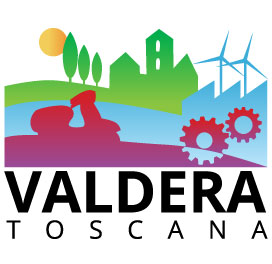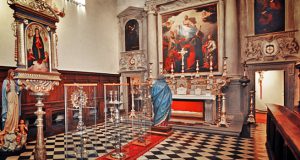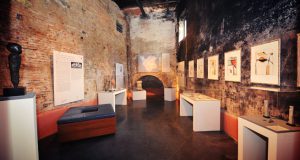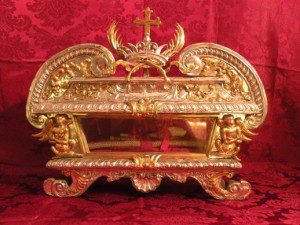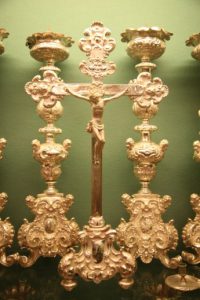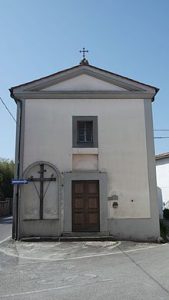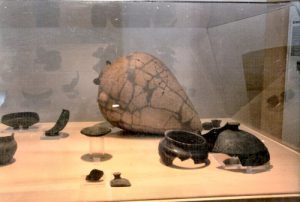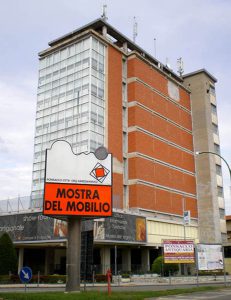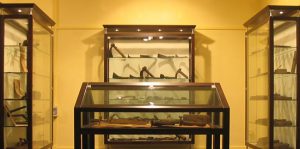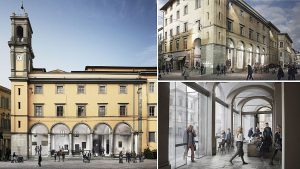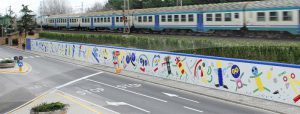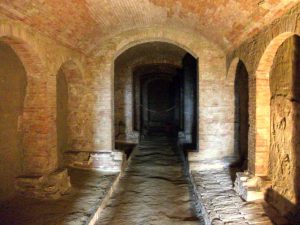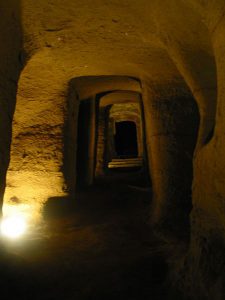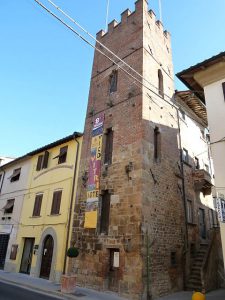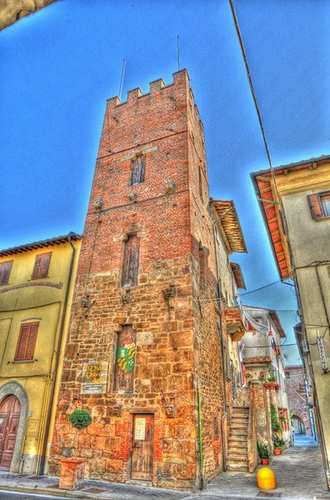The structure, founded in 1366, houses nowadays two museums
Certosa in Calci, founded in 1366 in the middle of Val Graziosa, is one of the biggest Carthusian monasterys and one of the most important.
The location allowed the isolation from the rest of the world imposed by the Rule of the Carthusian order, founded by San Bruno in 1084.
The complex has been extended between the XVII and the XVIII century, so nowadays it is a wonderful landmark in baroque-style.
Originally called “dark”, Calci’s valley has been renamed as «Val Graziosa» (graceful valley) after rthe complex’s foundation. In 1972 Certosa, abandoned by the few remained monks, beacame a National Museum, whereas in 1979 the West part of the building was given freely to Pisa’s University, which founded the Museum of Natural Sciences.
So nowadays Certosa houses two separated museums: Museo Nazionale della Certosa Monumentale di Calci and Museo di Storia Naturale dell’Università di Pisa. The museums were born in different ages, belong to different institutions and have different purposes. Nevertheless their collections are linked by the building’s history.
Certosa’s museums
Museo Nazionale‘s visit is a suggestive trip into the Carthusian monks’ world, with the lonely life they led. Places that still nowadays astonish for their beauty and splendor. Some of them are its gardens, churches, chapels, cloisters and the refectory. In the separated building carthhusians used to produce and sell medicines and medicinal herbs.

Certosa’s refectory
Museo di Storia Naturale‘s visit leads inside the humblest locals such as basements, mills, barns and joineries. These locals now houses prestigous collections from over 500 years ago. There are a lot of fishes from all continents into the biggest aquarium of sweet water in Italy.
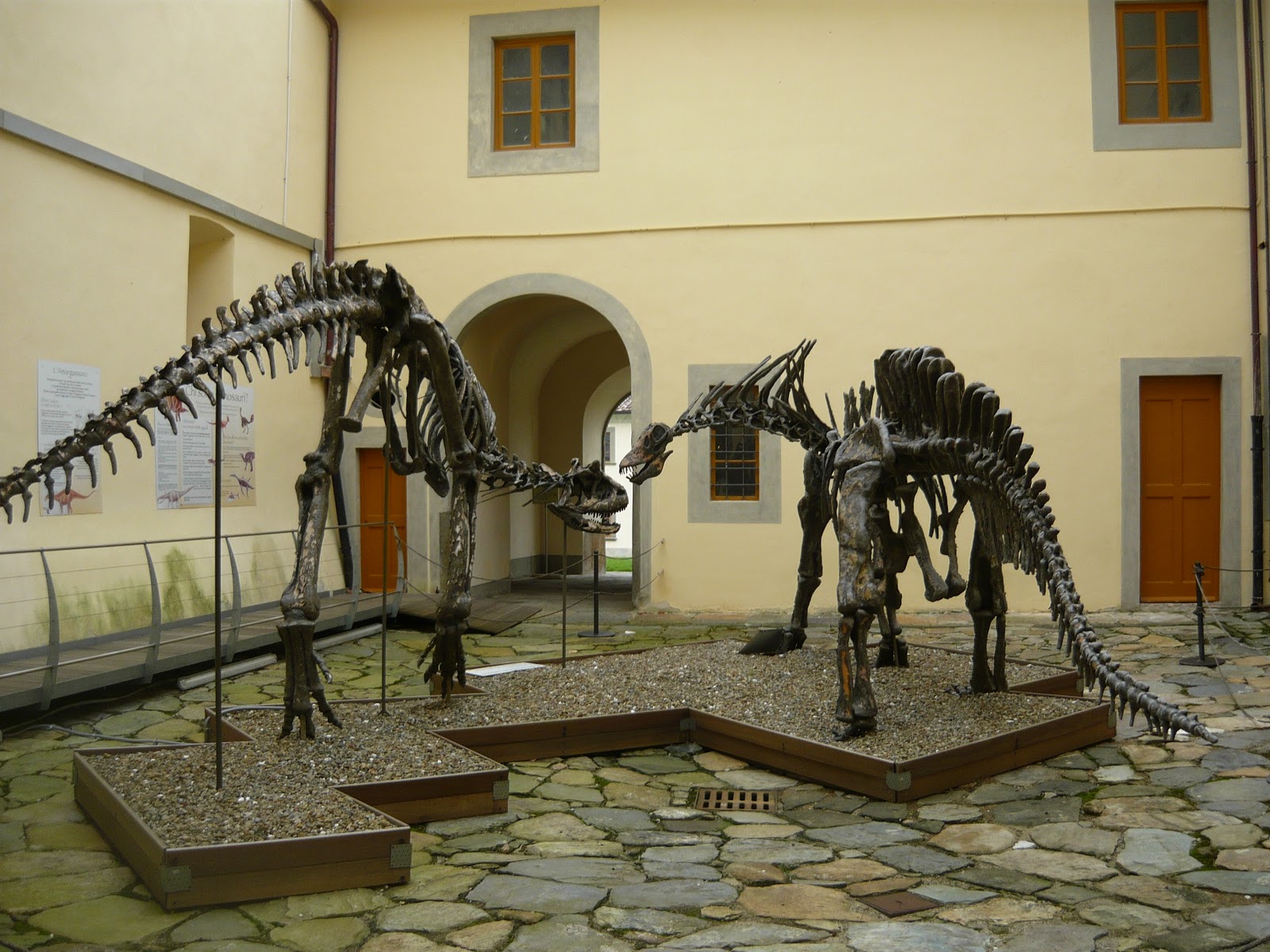
Museo di Storia Naturale dell’Università di Pisa
The presence of two museums in this complex makes it a unique attraction where astonishment, science, history, art and nature are mixed.

For visits:
Tel: +39 050 938430
Address: Via Roma, 79
56011, Calci (PI)
